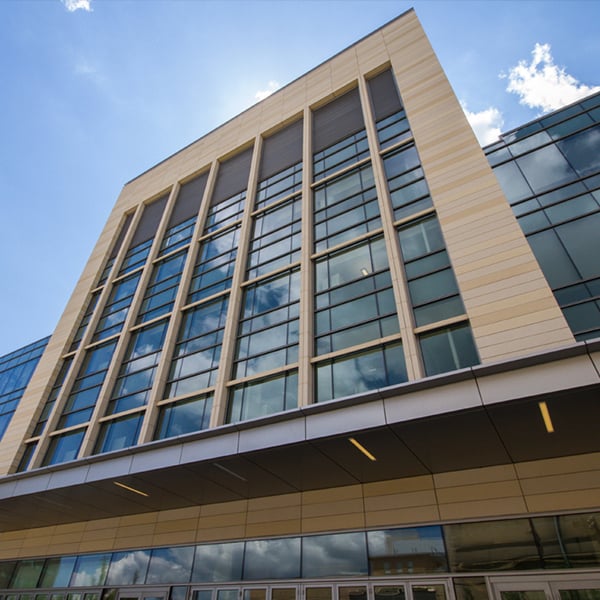Safeguarding Homes and Budgets:
The Case for Non-Combustible Building Materials
In recent years, the United States has faced a growing crisis with devastating wildfires causing catastrophic losses to homes and communities. Despite this, the conventional use of wood framing in residential construction persists. This article explores the compelling advantages of adopting non-combustible building materials, with a particular focus on cold-formed steel framing. By embracing these materials, homeowners can mitigate the risk of house fires and alleviate the financial burden of increasing insurance premiums.
The Urgency of Change
Each year, the United States grapples with a staggering toll from house fires. According to the National Fire Protection Association (NFPA), there were approximately 338,000 house fires in 2021 alone, resulting in an average of 2,610 civilian fatalities, 11,090 civilian injuries, and $7.6 billion in property damage per year. These statistics highlight the vulnerability of traditional wood-framed houses when exposed to fires.
Simultaneously, wildfires pose an even greater threat. Recent years have witnessed wildfires ravaging vast areas, leaving thousands of homes in ruins and incurring millions, if not billions, of dollars in damages. For instance, in 2020, the United States spent over $16 billion on wildfire suppression, not accounting for the extensive infrastructure and property destruction.
The Benefits of Non-Combustible Building Materials
Fire Resistance
Non-combustible building materials, such as cold-formed steel framing, offer inherent fire resistance. Unlike wood, steel does not fuel fires, substantially reducing the risk of house fires spreading and causing extensive damage.
Strength and Durability
Steel framing is renowned for its exceptional strength and durability. It can withstand not only fire but also extreme weather conditions, such as hurricanes and earthquakes, fortifying homes against natural disasters.
Design Flexibility
Cold-formed steel framing provides architects and builders with increased design flexibility. It allows for open floor plans and larger window openings, enhancing the aesthetic appeal of homes while maintaining safety.
Sustainability
Steel is a highly recyclable material, aligning with sustainability goals. With its long lifespan, it reduces the need for frequent replacements or repairs, ultimately lessening the environmental impact of housing construction.
Cost-Effectiveness
While the initial cost of using non-combustible building materials may appear slightly higher than wood, it pays dividends over time. One significant factor is the substantial reduction in insurance premiums.
Offsetting Costs with Lower Insurance Premiums
Insurance companies carefully evaluate risk when determining premiums. Homes constructed with traditional wood framing are considered higher risks due to their combustibility, often resulting in elevated insurance premiums. However, by using non-combustible building materials like cold-formed steel framing, homeowners can reduce insurance costs.
Reduced Risk Profile
Homes built with non-combustible building materials have a significantly lower risk of fire damage. Insurance companies recognize this and offer lower premiums as a result. The reduced risk profile directly offsets the initial cost of implementing non-combustible materials.
Long-Term Savings
Although the upfront cost of using non-combustible building materials may be slightly higher, the long-term savings in insurance premiums can be substantial. Homeowners can save hundreds or even thousands of dollars annually on insurance costs, accumulating significant savings over the life of their mortgage.
Improved Resale Value
Homes constructed with non-combustible materials tend to have higher resale values. Potential buyers are often willing to pay more for a home that is not only safer but also cheaper to insure. This resale advantage can further offset the initial cost.
Peace of Mind
Lower insurance premiums also provide homeowners with peace of mind. In the event of a fire, homeowners are more likely to be adequately covered, offering reassurance and contributing to the overall financial benefit of using non-combustible materials.
Examples of Industry Leaders
In the pursuit of safer and more resilient residential construction, companies like Wall-panel Prefab and HonorBuilt have emerged as industry leaders. These companies have embraced non-combustible building materials, particularly cold-formed steel framing, revolutionizing the industry by delivering homes that prioritize safety, sustainability, and economic prudence.
Conclusion
The surging insurance premiums for homes constructed with traditional wood framing highlight the financial wisdom of embracing non-combustible building materials in residential construction. By mitigating the risk of house fires, homeowners can not only reduce insurance costs but also enjoy long-term savings, enhanced property values, and an increased sense of security.
In this context, the modest initial premium for implementing non-combustible building materials becomes a strategic investment that not only pays for itself but also provides lasting financial benefits for homeowners. Companies like Wall-panel Prefab and HonorBuilt exemplify this vision, paving the way towards a safer, more resilient future for homeowners nationwide.
Through the use of non-combustible building materials, homeowners can safeguard their homes, protect their budgets, and create a more secure and sustainable living environment for themselves and their families.
Topics: Newsletter




